Everything has its inner system, each thing follows its inner system to circulate and reach some kind of stable state. For example, a good lighting system is an indispensable part of a fish tank, just like a person needs different functional organs to work together as a whole to make the body work properly, fish tank lights carry not only the function of beautifying the fish tank but also have a vital and inseparable relationship with the healthy growth of fish and aquatic plants.
Content Table
But how to choose a suitable light for a deep fish tank? Maybe after reading this article, the answer will come to your mind.
Here we summarize the problem of how to choose the right light for your deep fish tank. Each liter of water requires about 0.9- 1.0W of fish tank light.
First of all, we need to clarify the definition of a deep fish tank. fish tank water depth of 30cm (not including the bottom sand) below is a shallow fish tank, per liter of water about the wattage of fish tank lights 0.5 – 0.6W; water depth in 30cm – 40cm fish tank belongs to the medium fish tank, per liter water requires 0.7 – 0.8 wattage light; Depth of 40cm – 50cm is a deep water fish tank.
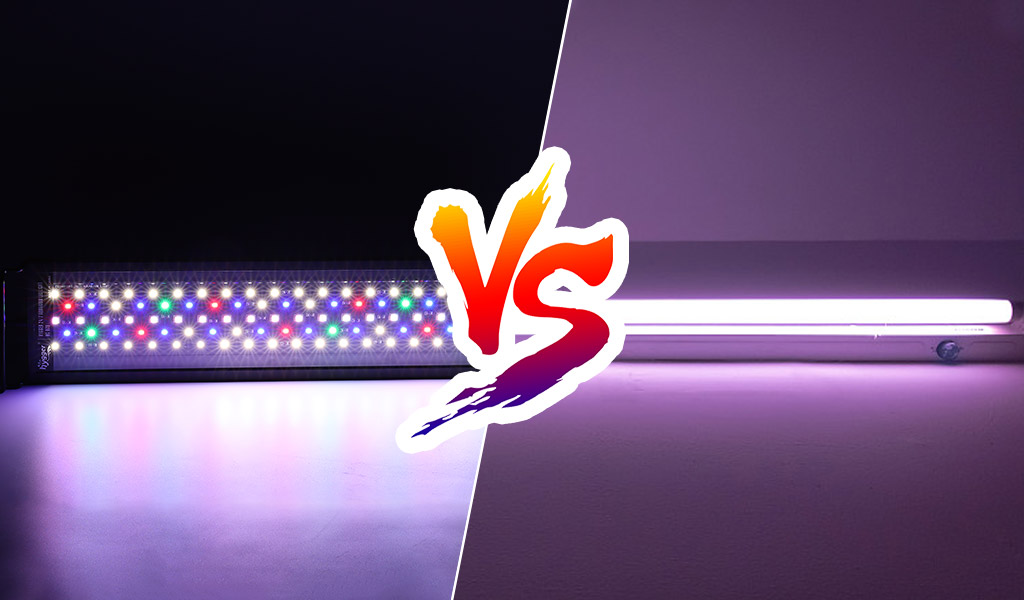
What are the types and characteristics of fish tank light
There are several types of fish tank lighting. The main difference between the two types is the wavelengths of light. LEDs, in particular, are the most common type of light. They emit light in three wavelengths: red, green, and blue. If you like the look of red plants and flowers, you should get an LED tube light that’s heavy on the green spectrum.
Another major difference between white and blue lights is the spectral content. The former has a neutral white appearance and contains a greater proportion of blue than red. White lights, by contrast, lack the red and blue spectrums. Better light is balanced and has a higher CRI. However, a higher CRI means that the light is warmer, and a lower CRI means cooler. Consequently, it’s best to use a light with a high CRI, which means it has a wider spectrum of color.
The second type of light is a fluorescent tube that is bent in half. Compact fluorescent tubes take up less space and allow more bulbs to be placed in the light strip. This type of light also balances spectrums without covering the entire tank. Another newer development in fish tank lighting is the use of lunar lights. These LEDs are energy efficient and last for a very long time. They require low maintenance and are a popular option among aquarium enthusiasts.
The most common type of aquarium lighting is fluorescent. This type comes in tubes that sit inside the hood of the fish tank. A reflector can enhance the output of fluorescent lighting. There are several kinds of fluorescent lighting, including a warmer light for tropical fish, and a cooler light for plants. Furthermore, some specific plants bulb the s are aimed at heavily planted aquariums. And, if you’re a beginner, you can purchase blue light for your tank.
If you want to get the most out of the fish tank, you can choose LEDs for their lower PAR, but you should remember that LEDs have much higher glare than fluorescents, and LED arrays do not cause shadows. If you’re going to get an LED for a planted tank, make sure to check the lenses first. It’s better to invest in an LED array instead of a single pendant.
LEDs are an excellent option for deep aquarium lighting, create penetrating light and generate low heat. You can even buy them in different colors. They can be very expensive, though, so consider a budget LED for a low-tech aquarium. Halogen lights are another good option. These bulbs work by transferring electrical current through tungsten wire. They are powerful and last for a long time if used properly.
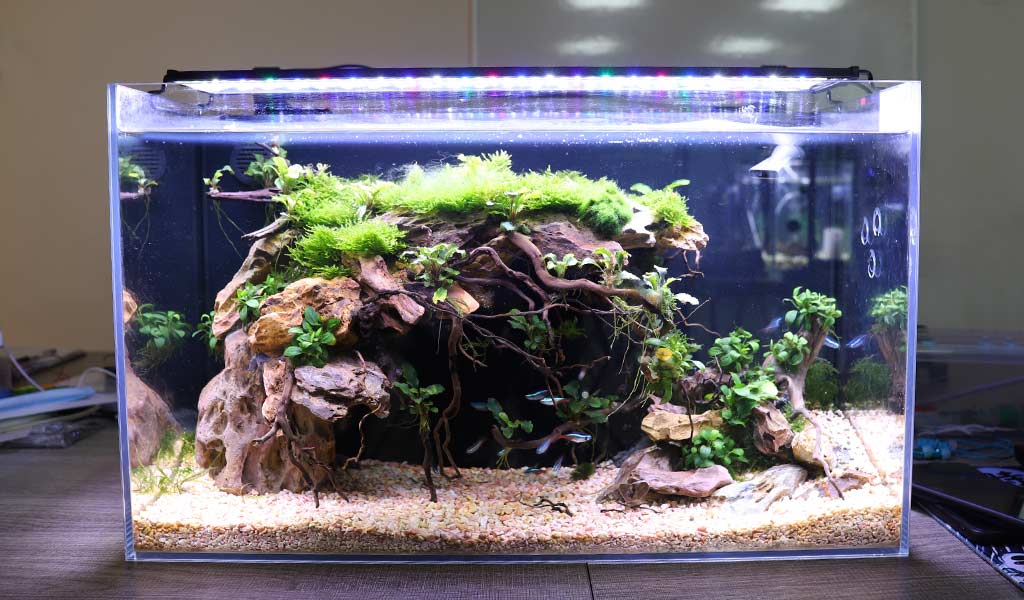
What kind of fish tank light is good for regular shape but the deep fish tank
When you’re installing a fish tank, one of the biggest questions you’ll need to ask yourself is what kind of light is best for it. In most cases, a standard incandescent bulb is fine, but if you’re looking to grow plants or other aquatic creatures, you’ll want to choose a more powerful light. Full spectrum bulbs emit the broadest range of colors, which is why they are the most natural looking.
Choosing a bulb that produces enough light will give you the optimal coloration for your fish while keeping the tank temperature in check.
The type of light you choose will depend on the species that you’re raising, and the depth of your tank. Full hoods have a separate light and hood, but are best for fish-only tanks. Glass “canopies” have two pieces of glass connected by a plastic hinge. Glass canopies don’t include lighting, so separate lights must be used for plants. A full hood is usually best if you’re only planning to keep plants in your fish tank, but you can upgrade the light if you’d like later.
If you’re going to add plants to your tank, you’ll need to choose a light that will match the wattage of the plants. A regular-shaped tank will need about 2 to 4 watts of light per gallon. However, if you’re only looking to place fish, you can use a single low-watt fluorescent bulb, which will give your fish the best possible color. Alternatively, you can use specialized “plant” bulbs if you want to grow plants.

When setting up a fish tank, you can use a traditional bulb thermometer or a flat thermometer that sticks to the outside of the tank. Some thermometers contain a temperature-sensitive chemical that highlights the numerical temperature or a bar that slides along the scale. Make sure you use a thermometer that is waterproof and easy to read.
Fluorescent lighting is the most common type of aquarium lighting, and it is also the most affordable type. Its lighting is great for both freshwater and planted fish. Fluorescent tubes are available in various sizes but should be replaced every 10 to twelve months. However, keep in mind that fluorescent bulbs tend to be less efficient and are prone to breaking.
One thing to consider when choosing a light for a fish tank is the color temperature. Generally, the higher the color temperature, the more intense the light is for the fish. However, this is not always the case – a bulb with a higher temperature will give off a blue tint, and a lower one will produce a yellowish or red tint.
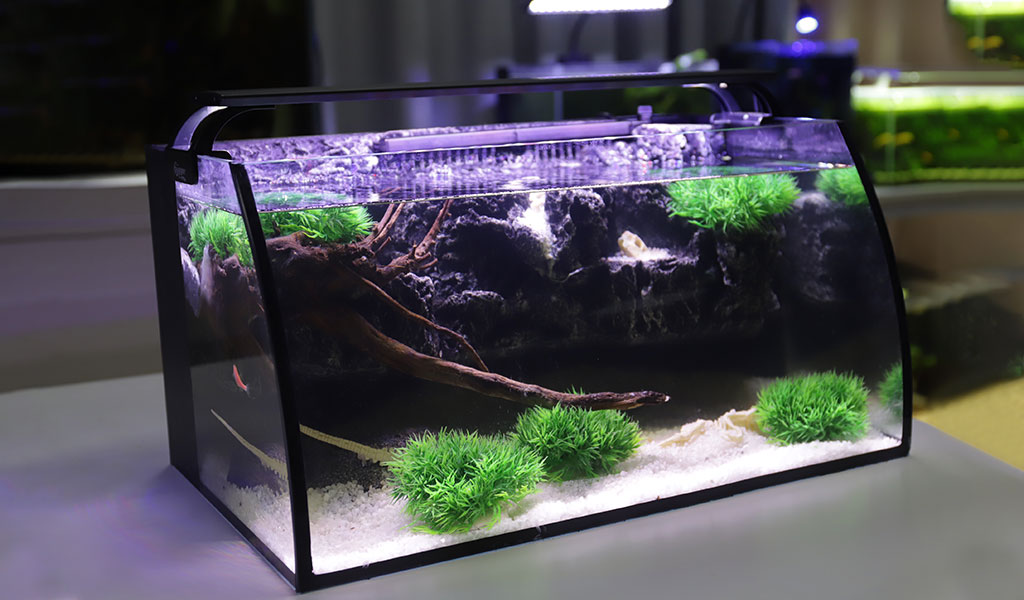
What kind of light can be chosen for a special shape but the deep fish tank
A special shape is something that needs unique lighting. The question is how to choose the right kind of light for your special shape. The answer will vary depending on the shape.
In case you don’t want to spend too much on the light, consider buying standard fluorescent bulbs. These are the most common and efficient. They won’t overpower your tank, but they will produce a nice glow, they don’t last as long as LED bulbs. Instead, you should choose one with low energy consumption and an automatic mains timer.
The right lighting is essential for the health and well-being of your fish. If you’ve chosen a special-shaped but deep fish tank, make sure to choose a light source that matches its water temperature. You may want to buy a special-shaped, deep tank to attract more attention from fish.
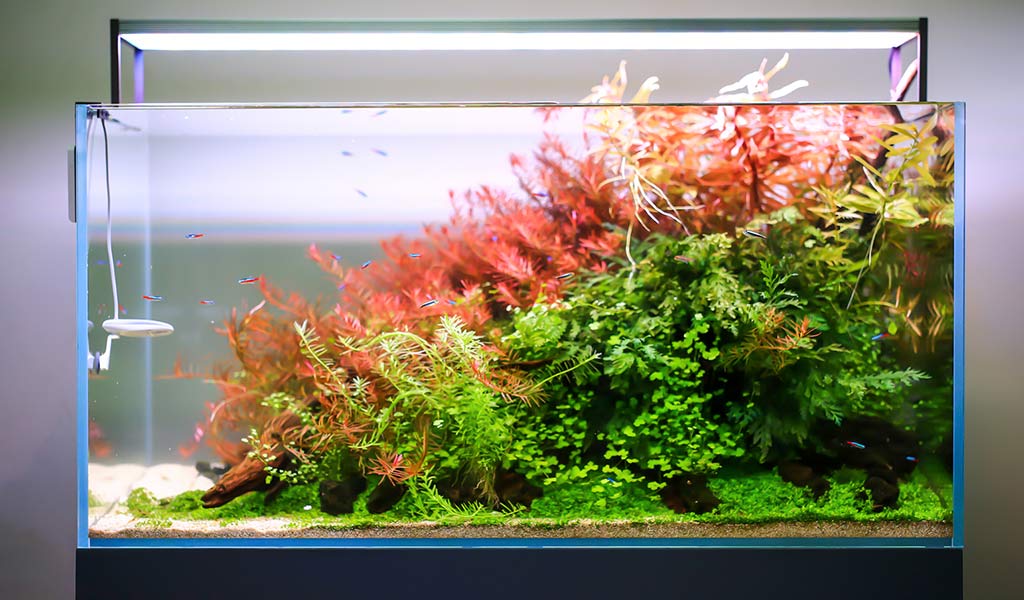
How many watts of light can I choose for a 40cm deep fish tank
When selecting light for a 40CM deep fish tank, there are several things to consider. Generally, the deeper the tank is, the more metal halide fixtures you should choose. For the medium-deep fish tank, the water depth is 30 – 40cm, and the water volume per liter needs about 0.7 – 0.8W.
Remember that the green water plants are calculated at a low scale, and the red aquatic plants are calculated at a high scale.
If you’d like to use LEDs, you should consider a high output light such as 26 watts LED light that has 130LED QTY, about 1662 lumen output, and 85 CRI. The most important thing is that when choosing a light for your 40CM deep fish tank is what kind of plants you keep. If you’re keeping live plants and coral in your tank, you may want to use a brighter light. It’s important to keep in mind that this isn’t a choice that should be made lightly.
You’ll also need to consider the type of lighting you’d like. LED lights are energy efficient and give off less heat than conventional bulbs. They also tend to last longer. You can get them with a dimmer, which can be useful if you’re trying to decide which type of aquarium lighting to buy. Make sure you choose a light suitable for your fish, as too much or too little light can affect their eating cycles.
Another important factor to consider when choosing a light for your aquarium is your lifestyle. If you plan to watch your fish in the dark, you don’t want intense LED lighting in the middle of your living room! Or maybe you’re planning on relaxing by looking at your fish. You have to find a light with the right spectrum and intensity for your aquarium.
When choosing a lighting fixture for your deep fish tank, think about how you want your planted tanks to look. A planted tank should mimic the conditions of the natural world. Typically, planted tanks need a light that has a blue tint at night. However, some lights have a timer that allows you to change the illumination to mimic those of a natural environment. Before buying a lighting fixture for a 40CM deep fish tank, be sure to determine how much light your plants require. Some plants thrive on 60 lumens of light per gallon, while others require more than 110.
The best aquarium lights have a blue hue, which helps your fish stay alert during the day. They are also better for your fish if they sleep during the day. However, you don’t need to keep your aquarium lights on all night, as they may disrupt the fish’s sleep cycle. Also, if you’re using LEDs, choose one that is versatile and produces 1075-2815 lumen of light.
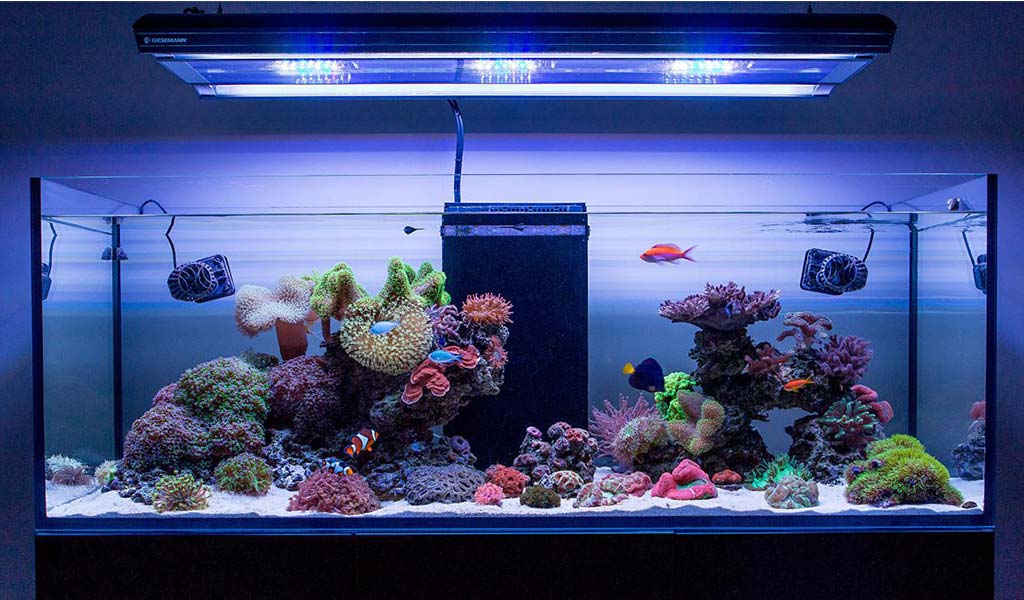
How many watts of light can I choose for a 60cm deep fish tank?
When choosing to light for a 60cm deep fish tank, you should keep in mind that the light that it emits will be directly proportional to the amount of water in the aquarium. This means that a watt-per-gallon light will have twice as much illumination as a watt-per-inch bulb. The best way to decide which watt is right for your tank is to check the PAR of each bulb you are considering. Generally, for a water depth of 40 – 50cm deep tank, the wattage of fish tank light is about 0.9 – 1.0W per liter.
You can buy fluorescent light bulbs for your fish aquarium, but you should note that these bulbs give off less heat than incandescent ones. Moreover, they last longer, making them ideal for a 60CM deep fish tank. Additionally, you can choose a flexible layout, allowing you to light up the entire top or select individual fixtures for specific areas. The choice of lighting for your fish tank depends on the species you have.
Choosing an aquarium light is not as complicated as choosing a PAR. However, choosing the correct light for your 60CM deep fish tank requires some research. Make sure that you choose a light that comes with an extendable bracket. This way, you can adjust the light’s size to fit the tank, and it’s easy to install. Make sure to read reviews of different models so that you can determine if they fit your needs and have excellent durability.
When purchasing a lighting fixture for your 60CM deep fish tank, remember to think about the size of your tank. Choosing a single-light fixture is not advisable, as the lights can be overpowered and create problems. A 60CM deep fish tank should be lightened with 2 LED lights 48W. The same goes for a 72W light. However, the amount of light will be smaller than a single-watt lamp.
If you plan to use a bulb, make sure to buy one with a temperature sensor. Many traditional bulb thermometers hang from the top edge of the tank and float along the surface. You can also choose a flat thermometer that sticks to the glass. The temperature-sensitive chemicals are activated at a certain temperature. The bar will highlight the numerical temperature.
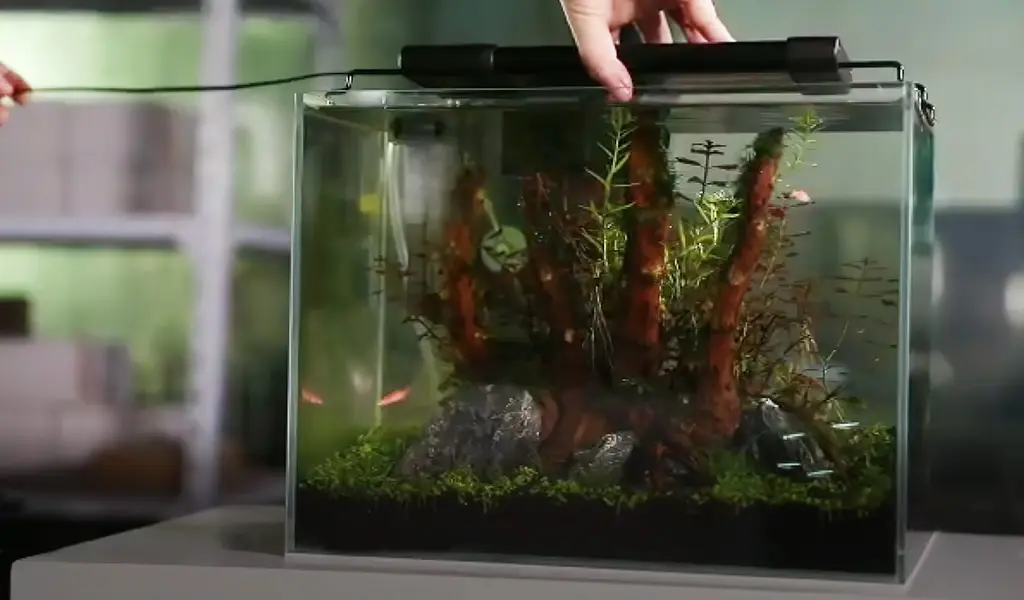
How to install the light for a deep fish tank
If you’re not sure how to install the light, there are a few simple steps you can take. When using LED lighting, you can buy strips that are 19 inches long and use them to mount the light. Cut the strips to length, and then install the LED lights using screws. You can even cut wood risers to fit your fixture. If you don’t have much room, you can try a diagonal tilt.
Make sure your aquarium is level. The water can cause damage to wood or floor, choose a level before you start work. And make sure you don’t mix water and salt – these can cause damage. You can buy a level at a hardware store or even online. You can also purchase a torpedo level, which can be very inexpensive. Once you’ve installed the light, you can then begin to prepare the aquarium for your new inhabitants.
The light cycle is important for fish. Different types of fish require different cycles. In general, a 12-hour cycle is the right starting point. Depending on the species of fish, you might need to change it a bit to get the proper cycle. If you have to change it often, a timer switch is a good option. However, if you don’t want to fiddle with it yourself, a timer switch can give you some peace of mind.
Another tip for installing a light is to be sure to have a well-ventilated room. A less-ventilated room will smell like fish. Try to avoid placing the tank in a room with extreme temperatures. This will keep it from becoming damp and damaged. In addition, it will help you avoid the possible dangers of electrical shock. You should also be sure to remove the old light before adding the new one.
To install the light for deep fish tanks, be sure to check the PAR (Photosynthetically Useful Radiation) of the aquarium. You want to be sure to get the highest level of PAR possible, or else your fish will not thrive. If you need to choose a light that will provide enough light for your fish, make sure it meets the minimum standards. There are many different kinds of PAR, so make sure to choose the right one for your tank.
Lastly, be sure to pay attention to the color of the light. LED lighting allows you to choose colors based on your needs and budget. LEDs offer the best color rendering in any environment. Choose a light with an RGB color temperature. The higher the K rating, the brighter the light. However, be sure to check the K rating because it will give you an indication of the color hue.
If you’re planning on using LED lights in your aquarium, you should check the specifications of these bulbs. Some of them produce too much light, and some may promote algae growth. Make sure you understand the lighting requirements of each fish species before purchasing a new light for your tank. Also, be sure to install a timer if your tank has plants. A high-quality LED light will make sure your plants get the right color pop and won’t suffer from excessive light.
Reminder
The right lighting will add a special touch to your fish tank. Then, you’ll be able to use it to create an inviting and welcoming atmosphere for your fish and plants.
About deep water fish tanks, we can be divided into several different types because of the light, some deep fish tanks only fish, not plants, some have plants, not fish, and some have both plants and fish, we need to determine the use of the light according to the specific circumstances of the tank. Because if your tank only fish, and no plants, then you can just use the regular light on it, but if you have plants in the tank, then you need a little more intense light.
Generally speaking, plants need more light than fish. So, for the sake of the plants, you need to choose a light that is more friendly to the plants and will not hurt or irritate the fish.
Finally, you need to understand that fish tank lights are not just a form of supplemental sunlight, it has their independent system to operate. We need to choose those lights that are easy to place on top of the fish tank according to each different shape of the fish tank, of course, this is not a particularly difficult thing, as long as we pay attention, we can choose the most suitable fish tank lights for our fish tank.
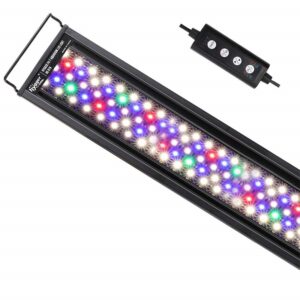
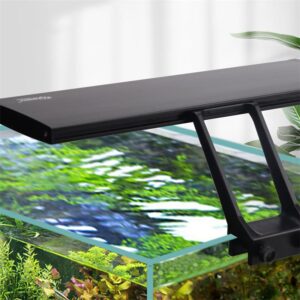
Leave a comment